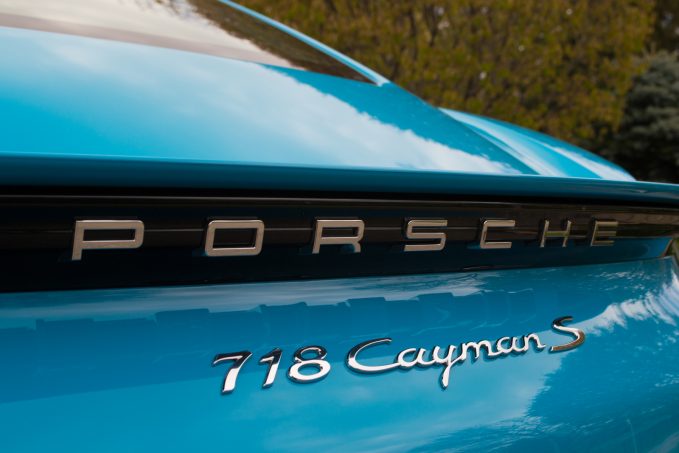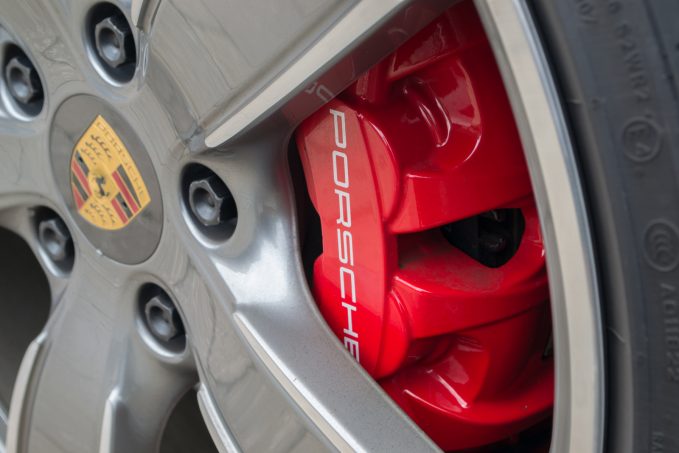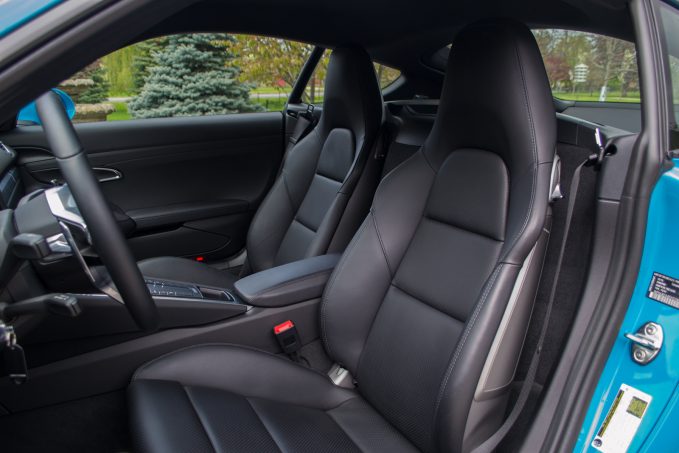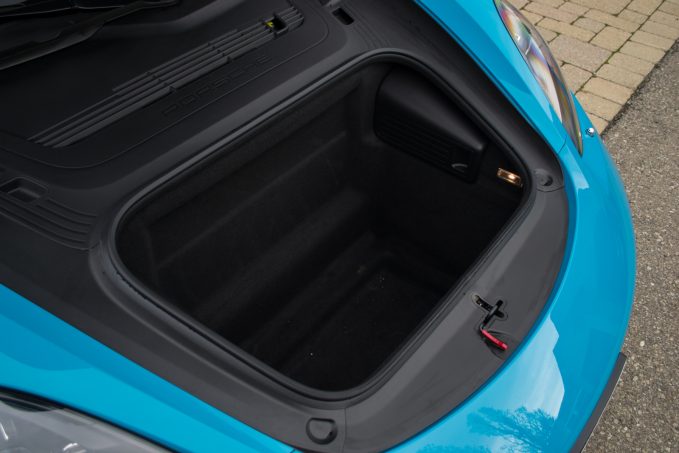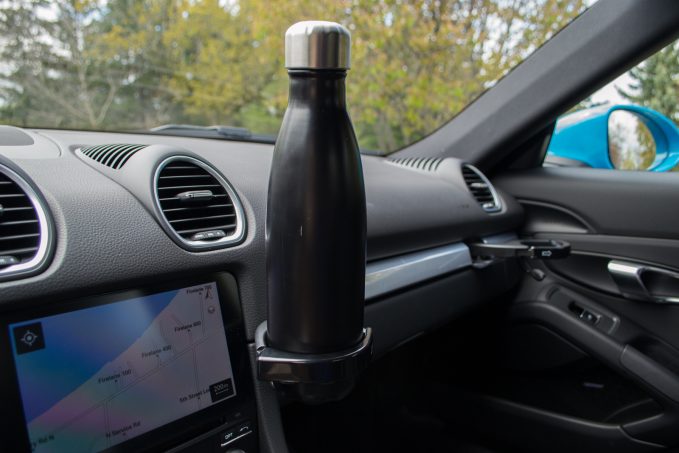Outside of the Panamera sedan or the brand’s pair of SUVs, Porsches are usually nothing more than second — or even third — vehicles for the lucky folks who can afford them.
Porsche knows this as well as its customers do, and so there’s little need for the automaker to pack much practicality into cars like the Cayman coupe or any of the umpteen 911s on offer. These cars are about as far from daily drivers as a result and are better suited for weekends away than weekday gridlock.
But let’s say your heart’s set on a Porsche but you can’t justify — or even accommodate — owning more than one vehicle. Can one of the brand’s sports cars work as a daily driver? Here’s a list of five pros for why you can commute in a Porsche Cayman. Funny enough, the pros are also the cons for why you can’t.
Four-Cylinder Engine
2017 marks the dawning of the 718 Series era for the Cayman and its convertible counterpart, the Boxster. But the biggest change this time around is behind the driver, with power coming from the choice of commuter-friendly four-cylinders.
The base car now comes with a 2.0-liter turbo engine, while the Cayman S gets a slightly larger 2.5-liter turbo mill. And while cutting down on displacement, not to mention the number of cylinders, generally means burning less gas, the latter proved to be less than efficient.
Heading to work and back over the course of a week saw our tester’s fuel economy average hit a brutal 14 mpg (16.8 L/100 km). A weekend away helped improve our average to 18 mpg (13.1 L/100 km) over close to 385 miles (620 kilometers) of driving, though that’s still far from the advertised combined average of 24 mpg (9.9 L/100 km).
Performs Like a Porsche
OK, so the larger four-cylinder found in the Cayman S isn’t great on gas, but it certainly helped liven up the drive. With 350 horsepower and 309 lb-ft of torque to play with, sprinting from traffic light to traffic light provided the reprieve necessary to tolerate the daily trudge across town.
Making matters that much better was just how nimble the mid-engine coupe is, with passing maneuvers proving to be a breeze. Unfortunately, exceeding local speed limits was equally as easy, with city speeds feeling awfully slow behind the wheel of the Cayman.
Seating For Two
With its two-seat format, the Porsche Cayman is a pure sports car. That also means it’s out of contention when it comes time to carpool. Fortunately, you and a friend will find more than enough space inside to stretch out after a long day at work, with the low-slung seats providing plenty of room for driver and passenger.
Frunk and a Trunk
If there’s one thing every commuter car needs, it’s space for stuff, something the Porsche Cayman delivers with surprising aplomb. With a deep storage well up front that offers 5.3 cu-ft (150 liters) of space, fitting a pair of carry-on suitcases isn’t a problem.
Around the back, the Cayman offers another 9.7 cu-ft (275 liters) of space, though it does so more awkwardly and has less defined space. Combined, the 15 cu-ft (425 liters) of cargo space is on par with a subcompact hatch like the Kia Rio, though splitting it in two makes it far less convenient to use.
Places to Put Drinks
The good news is that the Cayman has cup holders; two of them, in fact. The bad news is they’re bloody awful. Hidden in the dash just above the glove box, the two drink stands swing out just ahead of the passenger’s knees.
Unfortunately, they don’t instill much confidence for making it even just a few miles with your coffee intact, and they’re miserable for carrying taller items like water bottles. Worse still, the plastic units are flimsier than the argument for commuting in a Porsche Cayman in the first place.
So, yes, you absolutely use a Porsche 718 Cayman as a daily driver, and it will be fun, but it will also require you to make some sacrifices. It’s up to you to decide if they’re worth it.







